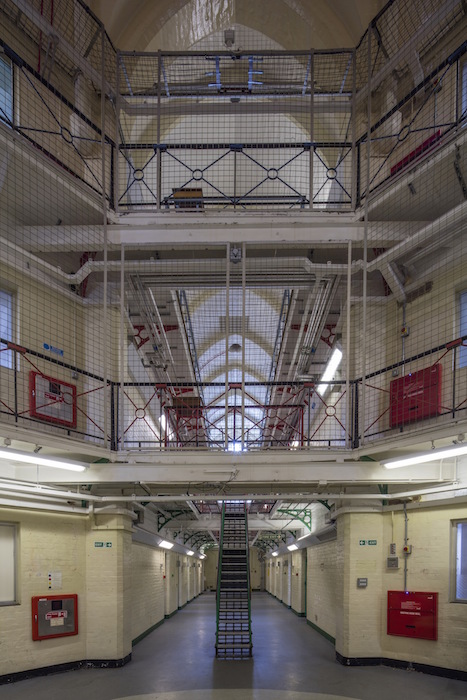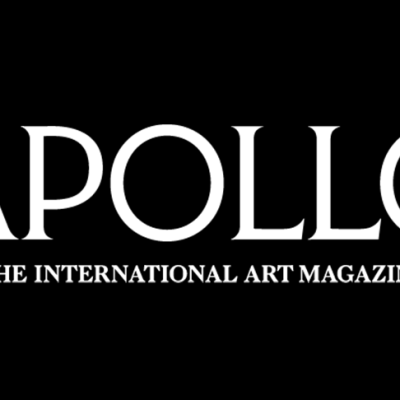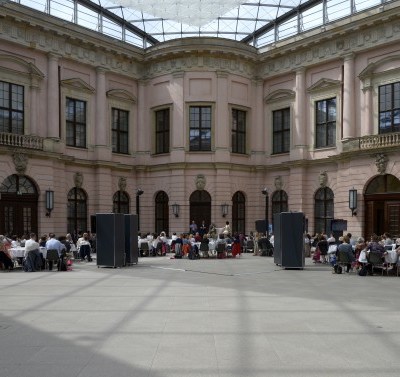The Autumn Statement of November 2015 now seems a long time ago, and many of the main protagonists have shuffled (or been shuffled) off the stage. Amid the talk about government borrowing and growth forecasts, one particular announcement made my ears prick up. Michael Gove, then Secretary of State for Justice, was to oversee the disposal of a number of the older Victorian prisons around the UK, including Reading Prison – a fine example of Victorian prison architecture, but a special place for another reason. In 1895 Oscar Wilde was imprisoned there for two years with hard labour for ‘committing acts of gross indecency with other male persons’. After his release, he immortalised the place in The Ballad of Reading Gaol.
Wilde suffered horribly under the penal regime known as the ‘Separate System’, which prevented prisoners from associating or even talking with each other. Wilde’s experience compelled him to write, from his solitary cell, De Profundis, one of the longest and most extraordinary letters in the English language, addressed to his lover and nemesis Lord Alfred Douglas.
I’d first been alerted to the fact that Reading Prison was empty a year earlier by the art historian Anna Gruetzner Robins, until recently professor of art history at the University of Reading. A specialist on late 19th-century art and literature in England and France, and an aficionado of Wilde, Anna was keen to have a look inside the prison and asked if I’d be interested in joining her.
The interior of Reading Prison. Photo: © Morley von Sternberg

Together with my co-director at Artangel, Michael Morris, we were given a memorable tour around the prison by its caretaker, Sandy Frew, who had helped young offenders develop skills when the prison was still operating. We immediately began to imagine how contemporary artists and writers might respond to the imposing architecture and claustrophobic cells.
But how could we get the keys to Reading Prison? Letting the public roam around a penal institution, even an empty one, is not something the Ministry of Justice is set up to do. However, to their great credit, officials understood why there were compelling reasons to open Reading Prison up to the public this autumn before it was sold.
Michael and I came up with a dream list of artists and writers whom we thought would do justice to the prison and to Wilde. We wanted to talk to writers and artists to whom it wouldn’t be necessary to explain why the empty Reading Gaol might be a place for them to read or exhibit. Although the timescale was challenging, almost without exception these people found time to make a visit and, once inside, felt compelled to respond.
In De Profundis, Wilde writes: ‘People point to Reading Gaol, and say “There is where the artistic life leads a man.”’ The final permissions came through from Reading Council in the last week of July, the agreement with the Ministry of Justice was completed on 30 July, we received the keys at the beginning of August, and a new artistic life for Reading Gaol is already beginning (the project runs from 4 September–30 October).
Oscar Wilde’s cell in Reading Prison. Photo: © Morley von Sternberg

Letters are being delivered to the prison from writers around the world, including the Chinese artist and activist Ai Weiwei and Gillian Slovo, whose mother Ruth First was murdered by the South African secret service while living in exile in Mozambique. Each remembers or imagines the condition of imprisonment and, as Wilde had done in De Profundis, is addressed to someone dear to them from whom they had been forcibly separated.
In China, plastic beads have been threaded into curtains for works by the late Cuban-born American artist Felix González-Torres. Material for Steve McQueen’s sculptures has been fabricated in Korea, and 300 photographs of a German actor by Nan Goldin have been printed in Berlin. In her studio in Amsterdam, Marlene Dumas has painted portraits of a number of great prison writers. Other works are already taking shape on site. Robert Gober is embedding new sculptures into the walls and floor of the prison. The asbestos has been removed, and the excavation has begun. Sculptures by the Colombian artist Doris Salcedo have been assembled, with dark earth compressed between wooden tables. Each night, they are flooded with 1000-watt halogen lights so that the grass seeded into the earth will grow in time.
The original door from Oscar Wilde’s cell has arrived from the Galleries of Justice Museum in Nottingham. It will frame readings of the entirety of De Profundis every Sunday in the former prison chapel, more recently used as a gym. Among an exceptional cast of readers are Neil Bartlett, Ben Whishaw, Colm Tóibín, Maxine Peake, and Patti Smith.
And a phrase from De Profundis has appeared in paint on the perimeter wall of the prison: ‘With freedom, books, flowers and the moon, who could not be happy?’
‘Inside: Artists and Writers in Reading Prison’, organised by Artangel, is at HM Prison Reading from 4 September–4 December.
From the September issue of Apollo: preview and subscribe here.


